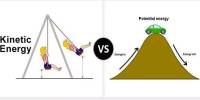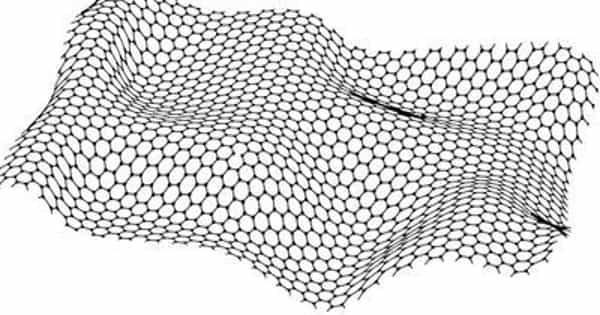Scientists at the University of Chicago have created a “quantum flute” that, like the Pied Piper, can force light particles to interact in ways that have never been observed before.
The discovery, which was described in two studies published in Physical Review Letters and Nature Physics, may pave the way for the development of quantum memories, novel error-correcting techniques for quantum computers, and the observation of quantum phenomena that are not visible in the natural world.
The research group of Assoc. Prof. David Schuster focuses on quantum bits, which can perform tasks that are otherwise impossible by taking use of the peculiar characteristics of atomic and subatomic particles. A quantum bit is the equivalent of a computer bit. In this experiment, photons from the microwave spectrum were the light particles used.
They created a method that uses a lengthy hollow carved out of a single piece of metal to trap photons at microwave frequencies. Drilling offset holes that resemble the holes in a flute creates the hollow.
“Just like in the musical instrument,” Schuster said, “you can send one or several wavelengths of photons across the whole thing, and each wavelength creates a ‘note’ that can be used to encode quantum information.”
Using a master quantum bit, a superconducting electrical circuit, the researchers can then regulate how the “notes” interact with one another. But the strangest thing they found was how the photons interacted.
Photons barely ever interact in the natural world; they mostly just flow through one another. It is sometimes possible for scientists to carefully prepare two photons such that they respond to one another.
“Here we do something even weirder,” Schuster said. “At first the photons don’t interact at all, but when the total energy in the system reaches a tipping point, all of a sudden, they’re all talking to each other.”
Normally quantum interactions take place over length and time scales too small or fast to see. In our system, we can measure single photons in any of our notes, and watch the effect of the interaction as it happens. It’s really quite neat to ‘see’ a quantum interaction with your eye.
Srivatsan Chakram
It is incredibly unusual to watch so many photons “talking” to one another in a lab experiment, similar to seeing a cat stand on its hind legs.
“Normally, most particle interactions are one-on-one two particles bouncing or attracting each other,” Schuster said. “If you add a third, they’re usually still interacting sequentially with one or the other. But this system has them all interacting at the same time.”
The scientists may someday envision controlling them by running hundreds or thousands of notes through a single qubit, even though their trials only tested up to five “notes” at once.
With an operation as complex as a quantum computer, engineers want to simplify everywhere they can, Schuster said: “If you wanted to build a quantum computer with 1,000 bits and you could control all of them through a single bit, that would be incredibly valuable.”
The conduct itself excites the researchers as well. The researchers also hope the discovery can be helpful for replicating complex scientific events that can’t even be seen here on Earth, including perhaps even some of the physics of black holes, as no one has ever observed anything like these interactions in nature.
Beyond that, the experiments are just fun.
“Normally quantum interactions take place over length and time scales too small or fast to see. In our system, we can measure single photons in any of our notes, and watch the effect of the interaction as it happens. It’s really quite neat to ‘see’ a quantum interaction with your eye,” said UChicago postdoctoral researcher Srivatsan Chakram, the co-first author on the paper, now an assistant professor at Rutgers University.
Graduate student Kevin He was the other first author on the paper. Other co-authors were graduate students Akash Dixit and Andrew Oriani; former UChicago students Ravi K. Naik (now at UC Berkeley) and Nelson Leung (now with Radix Trading); postdoctoral researcher Wen-Long Ma (now with the Institute of Semiconductors at the Chinese Academy of Sciences); Prof. Liang Jiang of the Pritzker School of Molecular Engineering; and visiting researcher Hyeokshin Kwon of the Samsung Advanced Institute of Technology in South Korea.
The James Franck Institute and the Pritzker School of Molecular Engineering both have Schuster among its members. The devices were created by the researchers at the University of Chicago’s Pritzker Nanofabrication Facility.
















